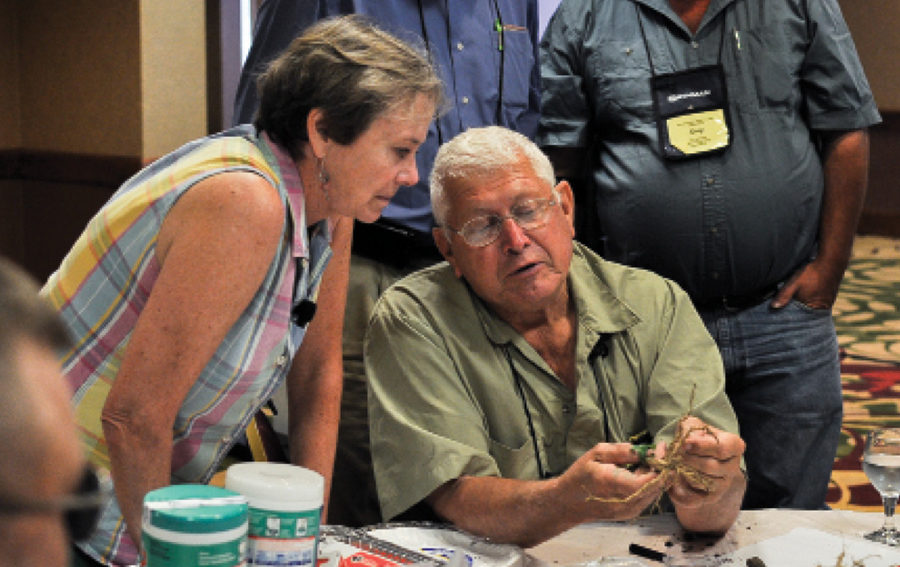No-Till Farmer
Get full access NOW to the most comprehensive, powerful and easy-to-use online resource for no-tillage practices. Just one good idea will pay for your subscription hundreds of times over.

While the purpose behind modern no-tilling can sometimes get lost in the machinations of fertilizers, machines and GPS signals, Jill Clapperton offered as a simple example of how crop residue fuels no-till systems.
In Malawi, Kenya and other countries in Africa where corn is grown, villagers pull the plants out of the ground at harvest, cut off the cobs and then haul away the residue in carts to town to keep it away from grazing animals, says Clapperton, soil scientist and co-founder of Rhizoterra.
“After they’ve planted their crop again, they take all the residue back out and put it between the rows of plants to cover it,” Clapperton says. “Why do they do that? To feed the termites. If the termites don’t have enough residue as food, then they fell the corn and it just falls over. And they’re not eating it — they’re felling it so it will die and dry up so they can eat it.
“This is another reason why you grow residue and biomass, and why you pay attention to biomass — you’re feeding the earthworms. And that’s why we have cover crops and other things.”
Clapperton spent 3 hours this past summer with a small group of no-tillers and strip-tillers, helping them take a closer look at their farms’ plants, roots and soil structure as she explained how soil biological processes help support productive no-till and strip-till systems.
Below, No-Till Farmer’s Conservation Tillage Guide shares the Top 20 lessons gleaned from Clapperton’s workshop.